Inhibitory Activity of (+)-Usnic Acid against Non-Small Cell Lung Cancer Cell Motility
- PMID: 26751081
- PMCID: PMC4708991
- DOI: 10.1371/journal.pone.0146575
Inhibitory Activity of (+)-Usnic Acid against Non-Small Cell Lung Cancer Cell Motility
Abstract
Lichens are symbiotic organisms that produce various unique chemicals that can be used for pharmaceutical purposes. With the aim of screening new anti-cancer agents that inhibit cancer cell motility, we tested the inhibitory activity of seven lichen species collected from the Romanian Carpathian Mountains against migration and invasion of human lung cancer cells and further investigated the molecular mechanisms underlying their anti-metastatic activity. Among them, Alectoria samentosa, Flavocetraria nivalis, Alectoria ochroleuca, and Usnea florida showed significant inhibitory activity against motility of human lung cancer cells. HPLC results showed that usnic acid is the main compound in these lichens, and (+)-usnic acid showed similar inhibitory activity that crude extract have. Mechanistically, β-catenin-mediated TOPFLASH activity and KITENIN-mediated AP-1 activity were decreased by (+)-usnic acid treatment in a dose-dependent manner. The quantitative real-time PCR data showed that (+)-usnic acid decreased the mRNA level of CD44, Cyclin D1 and c-myc, which are the downstream target genes of both β-catenin/LEF and c-jun/AP-1. Also, Rac1 and RhoA activities were decreased by treatment with (+)-usnic acid. Interestingly, higher inhibitory activity for cell invasion was observed when cells were treated with (+)-usnic acid and cetuximab. These results implied that (+)-usnic acid might have potential activity in inhibition of cancer cell metastasis, and (+)-usnic acid could be used for anti-cancer therapy with a distinct mechanisms of action.
Conflict of interest statement
Figures
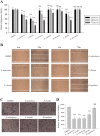
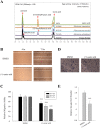
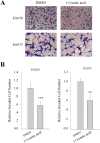


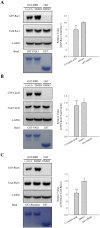
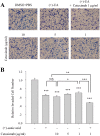
References
-
- Greenlee RT, Murray T, Bolden S, Wingo PA. Cancer statistics, 2000. CA: a cancer journal for clinicians. 2000;50(1):7–33. Epub 2000/03/29. . - PubMed
-
- Huneck S. The significance of lichens and their metabolites. Die Naturwissenschaften. 1999;86(12):559–70. Epub 2000/01/22. . - PubMed
-
- Huneck S, Yoshimura I. Identification of lichen substances: Springer Berlin Heidelberg; 1996.
-
- Elix JA, Whitton AA, Sargent MV. Recent progress in the chemistry of lichen substances: Springer-Vienna; 1984.
Publication types
MeSH terms
Substances
LinkOut - more resources
Full Text Sources
Other Literature Sources
Medical
Research Materials
Miscellaneous

